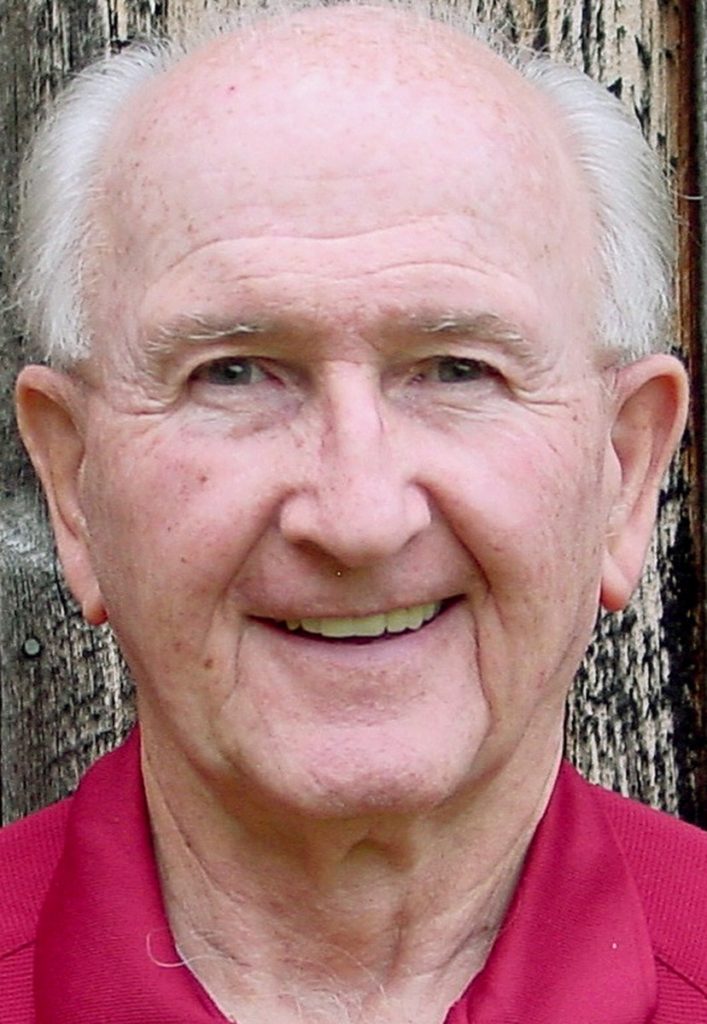Column by Mike Zagata, April 13, 2018
Audubon Now Says:
Young Forest Desireable

You’ve just read the Spring 2018 issue of “Living Bird” magazine published by the Cornell Lab of Ornithology and were startled, and excited, to read: “Overall, specialists say a healthy forested landscape should include roughly 10 percent of young woodlands.” (Right now, that number for our forestland hovers around
2 percent.)
That’s a dramatic shift from just a few years ago when Audubon was adamantly protecting mature forests at the expense of young forests. In other words a few years back, it wasn’t OK to cut a few trees, even clear-cut five or 10 acres, but it is now.
Why the shift in policy – you already know the answer having read the previous articles in this series. Now the questions become what to do about it and how?
You own 50 or so acres and you’d like to harvest it to generate some cash, and you also want to benefit those wildlife species, including many songbirds, American Woodcock, ruffed grouse and deer, which rely on young forest (grasslands and brush) for their habitat.

To whom do you turn for help? You’re now aware of the risk associated with trying to manage the timber sale yourself: risk of not getting what you should for your trees; risk of not knowing which trees to cut and which ones to leave; and the risk of not knowing how to manage the logger so that he or she does what you want done.
•
There are some places to turn to for advice.
Your regional office for the DEC (ours is located in Stamford) has a regional forester on staff who can walk you through the process and maybe even put you in touch with the consulting foresters who service this area.
The National Resource Conservation Service (part of the U.S. Department of Agriculture) has an office on Route 33 just south of Cooperstown and can assist you.
Cornell’s Cooperative Extension Program offers forest-related workshops and has a Master Forest Owner Program (MFO), providing forest landowners with a free visit by a MFO who listens to what you want to accomplish and then explains how to go about doing it.
Another good source of information is the state Forest Owners Association. (www.NYFOA.org). They have 10 chapters located around the state that host “Woods Walks” to help explain how to manage a forest and many of their members participate in the MFO Program and volunteer as MFOs.
•
What do you do if you forest has been logged repeatedly using the high-grading approach where they took “the best” and now you’re left with “the rest”?
There traditionally has not been a strong market for low-grade wood (“the rest”) in New York. Landowners who wanted to re-invigorate their forest or manage it for wildlife via techniques that allow light to reach the
forest floor again have had to bear the burden of the cost.
However, with Governor Cuomo’s stated goal of having 50 percent of our electricity come from “renewable” (like trees) by 2030, the future market for low-grade wood or “biomass” seems much brighter.
If my memory serves me right, Oneonta had an opportunity to capitalize on that trend, but it, along with so many other options, was rejected. Colgate University, on the other hand, chose to take advantage of the opportunity and heats with biomass.
Mike Zagata, DEC commissioner in the Pataki Administration and a former environmental executive with Fortune 500 companies, resides in West Davenport.

